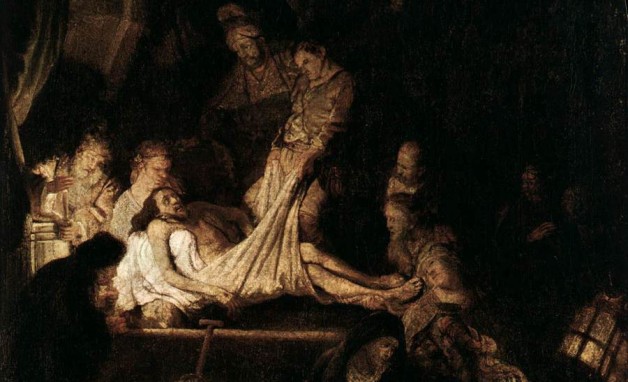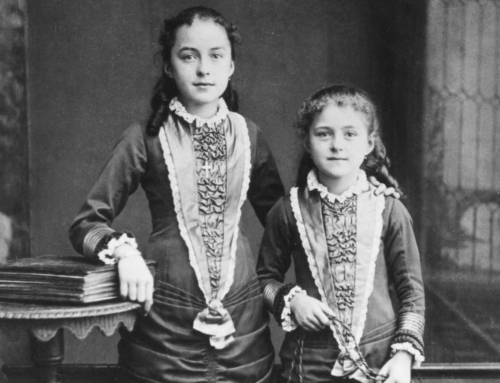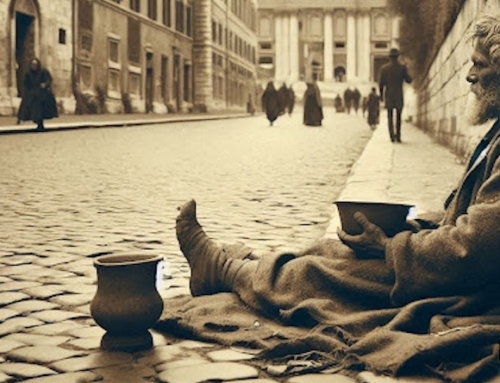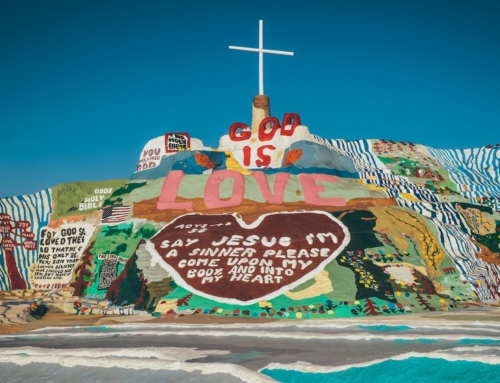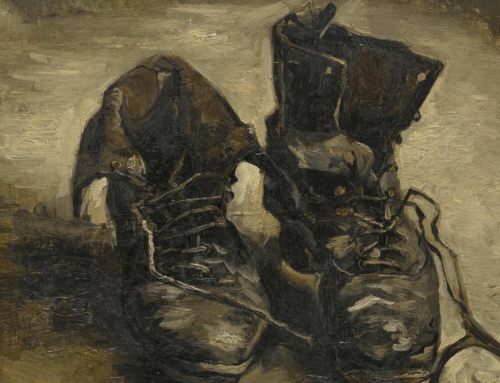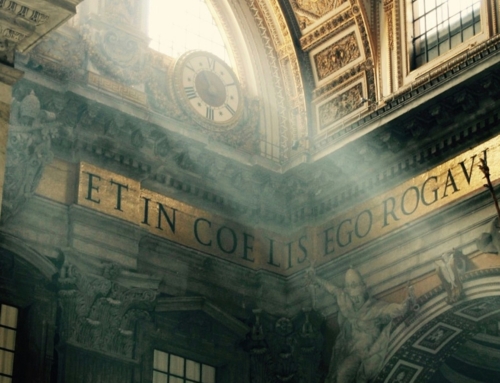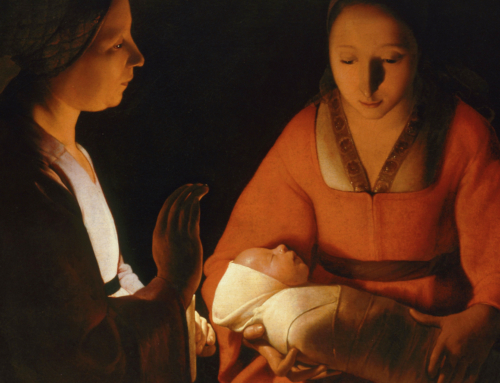Today is Ash Wednesday. Lent is upon us once more, and over the next few days we will all be taking up spiritual disciplines of one kind or another, each according to his or her circumstances and state in life. During this season in particular, we are invited to adopt practices from all three of the traditional categories of Christian observance—prayer, fasting, and works of mercy—and so to open ourselves up to God’s grace in an authentic and integral way. While all three are very important, prayer might be said to have a certain priority. Prayer is, after all, the only thing Scripture tells us to do “always” or “continually.”
This Lent, I would like to propose for our consideration one of the most popular and venerable forms of Lenten prayer, the Stations of the Cross. Specifically, I would like to recommend the Stations in their traditional, fourteen-part form, ending with the Burial of Jesus and stopping short of the Resurrection, which many people add to the Way of the Cross, calling it the “Fifteenth Station.” Far be it from me, of course, to presume to forbid anyone from concluding the Stations with a meditation on the Resurrection. I simply notice that in some circles the deep meaning and significance of the Via Dolorosa, the “Dolorous Way,” seems to be in danger of being forgotten. The traditional form of the Stations, celebrated on Friday and concluding with the Burial, is in fact eminently fitting in at least four different ways: liturgical, historical, mystical, and practical. Let us take a brief look at each of these.
Vatican II’s Constitution on the Sacred Liturgy says of popular devotions that they should “harmonize with the liturgical seasons” and “accord with the sacred liturgy;” they should be “in some fashion derived from it, and lead the people to it, since, in fact, the liturgy by its very nature far surpasses any of them” (Sacrosanctum Concilium §13). The traditional Friday Via Dolorosa answers this call splendidly. Every Sunday is in some sense a little Easter, since every Lord’s Day is celebrated in honor of the Resurrection (SC §106). Similarly, it is fitting that Friday be observed as a little Good Friday. Indeed, the tradition since time immemorial has always been to observe Friday as a day of penance, even outside of Lent. All the more so, then, should the likeness to Good Friday be observed within the Forty Days. And what better way to do this than by praying the Via Dolorosa?
If this natural orientation of Friday penance toward Sunday rejoicing is something more than my idiosyncratic interpretation of the Stations, we should expect to find evidence of it in records of Catholic piety of ages past. Such evidence is abundant, of course, but here we will take just one example, from a book by the thirteenth-century Dominican friar, Blessed Jacob of Voragine, called The Golden Legend. While this collection of stories about the saints may be aimed more at exciting the devotion of its readers than presenting a dry record of historically verifiable facts, there is no doubt that it accurately reflects medieval piety. One of its stories, the legend of St. Sylvester, tells of how this saintly Pope overruled those who wanted all penance in honor of the Lord in the tomb to be confined to Holy Saturday. In so doing, he appealed to apostolic authority, and he reasoned that “just as every Sunday is adorned with the glory of the Resurrection, so every Saturday is adorned by the tomb” (sicut omnis dies dominicus resurrectionis gloria sic omne sabbatum decoratur dominica sepultura).
Likewise, he asserts that in our devotion we ought to commemorate the Ascension, the Institution of the Eucharist, and the Holy Chrism every Thursday. Thus we see that, according to ancient tradition, each week has its own little Easter, which is traditionally preceded by a little “Triduum,” the days of which are not isolated from Sunday but stem from Sunday and point to it. Of course, all the mysteries of Christ’s life are present in each Mass, celebrated each weekday. Yet authentic piety does not require or even recommend that we short-circuit our Friday and Saturday devotions with an anticipated celebration of the Resurrection.
This truth is even reflected in the lives of the great mystics, whose ecstasies and visions often accorded with the Church’s liturgical rhythms. Thus, St. Catherine de’ Ricci, a cloistered sister of the Dominican Third Order, was favored over the course of several years with ecstatic visions of the Lord’s Passion, which would happen every week from Thursday at noon until four o’clock on Friday. Just as God usually works from within our natural human capacities and desires, so he often works in and through the traditions and customs of the Church, including the liturgical seasons and days. It pleased God to give St. Catherine mystical experiences in accord with the liturgical day. How fitting would it be for our devotion to follow the same marvelous pattern.
Finally, there is a practical, human wisdom in the discipline of making ourselves wait at the tomb until the Sunday Resurrection. It is easy enough to laugh when the world laughs and to mourn when the world mourns. It is easy to hurry on from the pain of Christ’s suffering and death to the joy of his Resurrection. It is easy to give God our time when doing so is pleasant and comfortable. But if we can bring ourselves to suffer with Jesus for a while, to mourn with him while the world laughs, then our friendship with him and love for him will grow deeper still—and our rejoicing will be all the greater at the Resurrection.
✠
Image: Rembrandt, The Entombment

